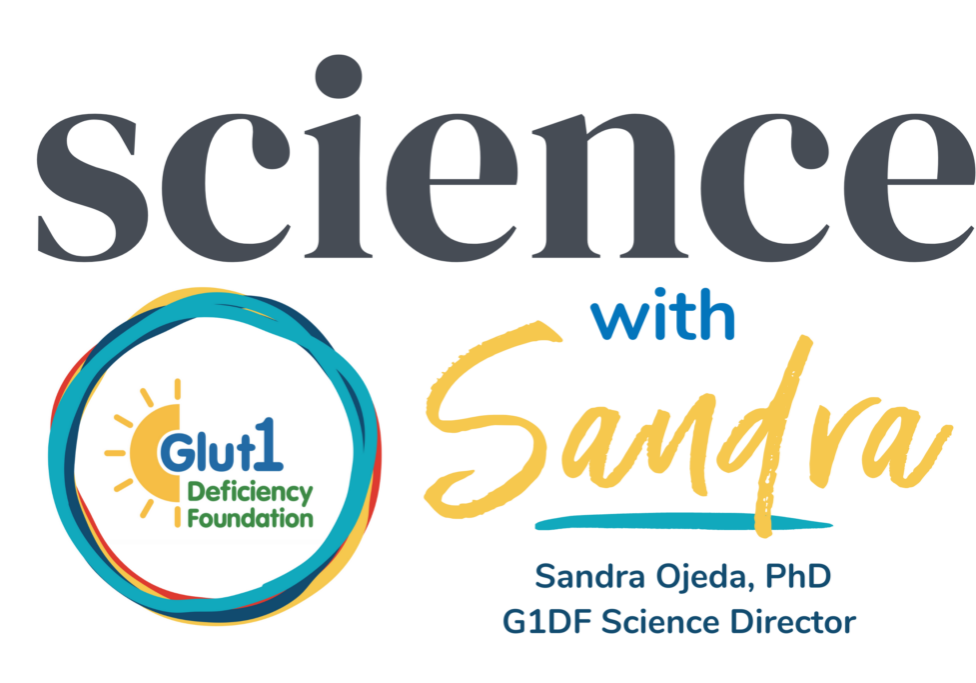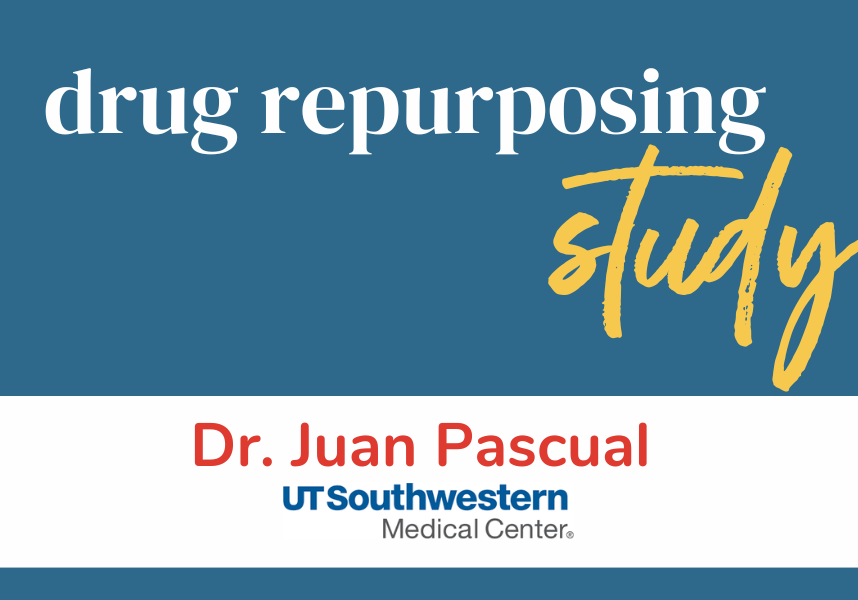Red blood cells as glucose carriers to the human brain: new paper from Dr. Juan Pascual
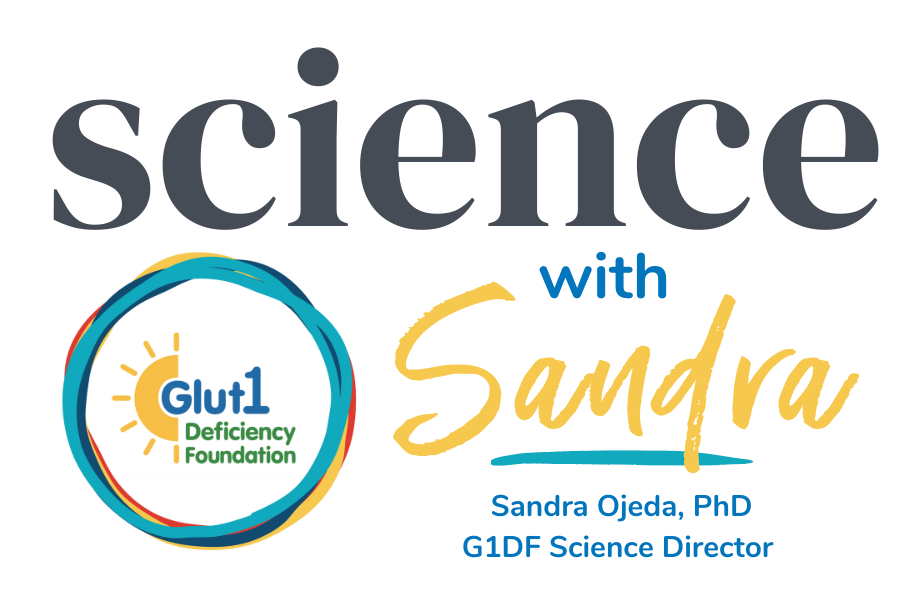
Hello everyone!
Today I would like to share with you a brief summary of a recent publication by Dr. Juan Pascual, who among other roles, is the director of the Rare Brain Disorders Program at UT Southwestern Medical Center in Dallas. In addition, Dr. Pascual has been part of our Medical Advisory Board from the beginning; the title of this publication is: Red blood cells as glucose carriers to the human brain: Modulation of cerebral activity by erythrocyte exchange transfusion in Glut1 Deficiency (G1D).
The hypothesis Dr. Pascual and his team had when they developed this project was that the close contact between red blood cells (RBC) and the capillary endothelium provides a nearly direct pathway for metabolic substrate transfer to neural cells that complements the better characterized plasma to endothelium transfer.
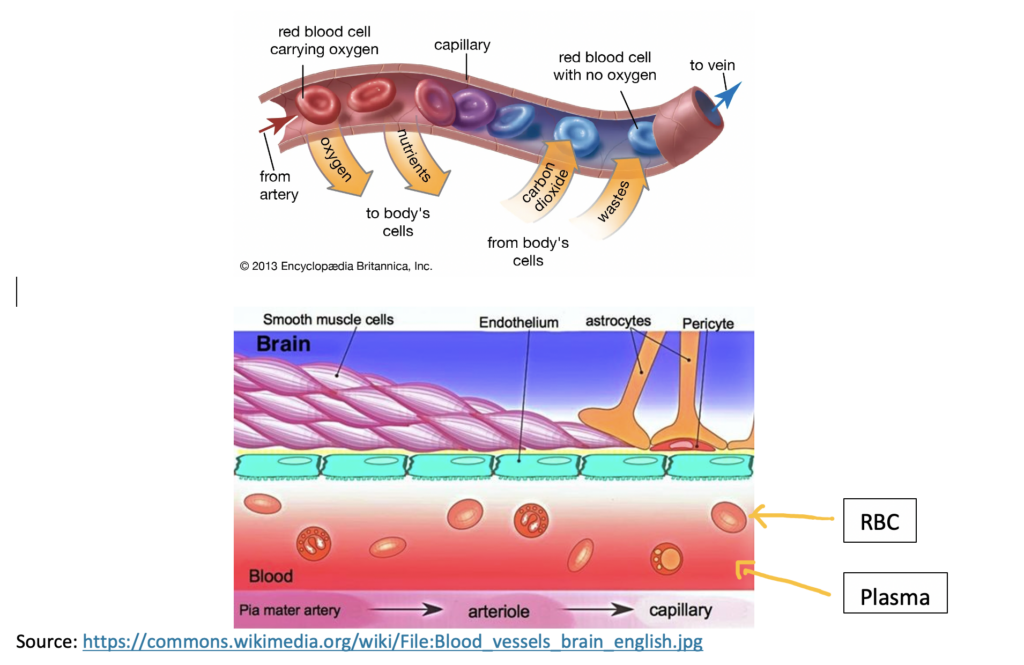
Dr. Pascual and his team explained that in general, brain function is considered independent of normal fluctuations in blood glucose concentration, however, that is not the case in people with Glut1 Deficiency. People with this condition, often feel better when they eat, and that information enabled Dr. Pascual and his team to test their hypothesis. Since red blood cells contain glucose, and since the red blood cells of Glut1 Deficiency individuals are also deficient in GLUT1, replacing them with normal donor cells via exchange transfusion could augment RBC to neural cell glucose transport via mass action in the setting of unaltered RBC count or plasma glucose abundance.
Dr. Pascual and his team utilized Glut1 Deficiency as a disease model to investigate direct red blood cell to cerebral capillary endothelium glucose transfer. In their publication they commented that since most Glut1 Deficiency patients have a normal slc2A1 allele (a specific form of a gene; an alternative form of a gene located on a specific site of a chromosome. One allele is inherited from the mother and one from the father) and all patients have a significant reduction of the GLUT1 activity, increasing blood glucose availability could increase blood to brain transport.
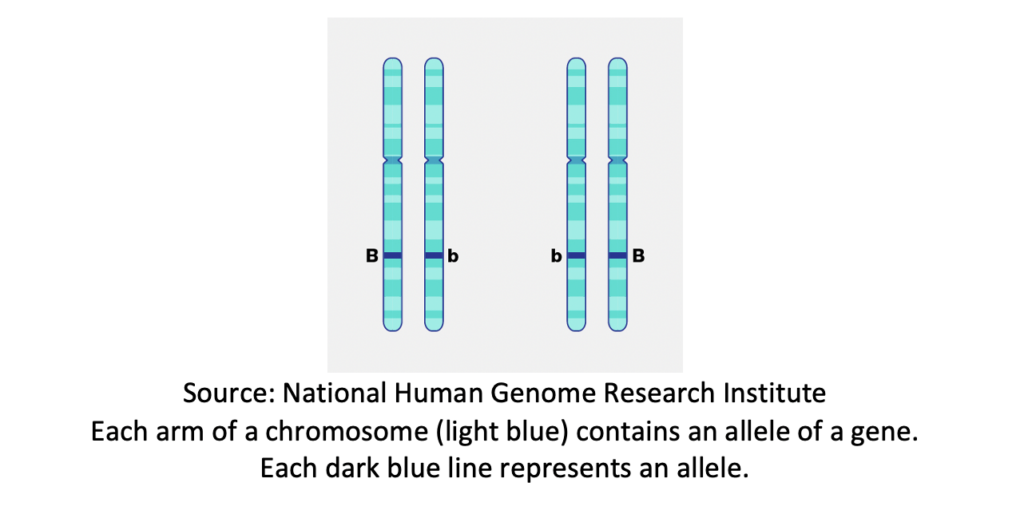
One of the questions Dr. Pascual and his team asked, was whether replacing Glut1 Deficiency RBC with healthy donor RBC via exchange transfusion will modulate cognition and EEG.
What is RBC exchange transfusion?
Exchange transfusion is a potentially life-saving procedure that is done to counteract the effects of serious jaundice or changes in the blood due to diseases such as sickle cell anemia. The procedure involves slowly removing the person’s blood and replacing it with fresh donor blood or plasma (medlineplus.gov). As Dr. Pascual explained it to me, the patient’s blood is extracted continuously and is injected again once the patient’s RBC have been replaced by the donor’s RBC.
Dr. Pascual and his team explained, that indirectly they were testing that the short-lived but close proximity between circulating RBC and endothelium was a determinant of blood to brain glucose flux. With this project they wanted to do a proof of principle that did not analyze the long-term effects after the donor RBC were naturally degraded (completed their natural life cycle, which is 120 days) and were fully replaced.
In this study, three adult Glut1 Deficiency patients were enrolled, and they represented potentially different genotypes and mechanisms by which the GLUT1 protein is not working or is reduced. The enrolled patients were 1 male and two females between the ages of 21 and 29 years old. All of them presented epilepsy, ataxia (a term for a group of disorders that affect coordination, balance and speech (NHS UK)), spasticity (is a condition in which there is an abnormal increase in muscle tone or stiffness of muscle, which might interfere with movement, speech or be associated with discomfort of pain (NINDS)) and dysarthria (difficulty speaking (NHS UK)) with infantile onset and consuming a regular diet. The patients were recruited for 2 visits. On the first visit on day 1 and 3 patients had a physical exam, and patients and their parents underwent a standardized cognitive and quality of life assessment. On day 2, a video (Electroencephalography) EEG was performed in patients as well. In addition, a transcranial Doppler ultrasound of the major cerebral vessels was performed before and after the RBC exchange transfusion. (A transcranial Doppler ultrasound is a test that uses sound waves to examine blood flow in your brain). On the second visit (60 days later) all the blood work and neuropsychological assessments were performed.
Additionally, several tests were done in vitro (cell cultures). To determine if normal RBC directly transfer glucose to the capillary endothelial cells, Dr. Pascual and his team performed a glucose uptake assay using mouse brain endothelial cells exposed to human RBC containing radioactively labeled glucose (glucose is radioactively labeled so that it can be tracked and visualized). This test reflected RBC transport of glucose to the endothelial cells because when they blocked the GLUT1 transporter, most of the glucose uptake by endothelial cells was abolished.

According to Dr. Pascual and his team, two of the Glut1 Deficiency patients had gains in tests of sustained attention and in several variables of the neuropsychological tests. None of the observed changes are normally expected in Glut1 Deficiency patients regardless of treatment, since rapid cognitive amelioration is not part of the natural history of Glut1 Deficiency; this is a personal observation of Dr. Pascual in his patients.
Furthermore, patient quality of life was also evaluated by their caregivers. Dr. Pascual reports that prior to RBC exchange parents rated quality of life with low scores, possibly due to the rigor of the procedure, but after the exchange, caregivers noticed improved patient’s reasoning and dexterity. Additionally, EEG results indicate that the modulation of brain function on patients with Glut1 Deficiency may be heterogenous, meaning that not all the patients will have the same neurological effect following this type of procedure.
For this study 70% of the patients’ RBC were replaced with healthy donor RBC. Why only 70%? It is assumed that patients with Glut1 Deficiency have 50% GLUT1 activity, therefore, they have 50% GLUT1 activity in their RBC, so replacing 70% of the RBC will increase the patients’ GLUT1 activity overall. How relevant is this increase? Dr. Pascual and his team mentioned that patients with Glut1 Deficiency after an oral dose of glucose show an increase of blood glucose over the base line, over a period of 120 minutes, and that this increase is associated with normalization of EEG and motor and cognitive improvement; therefore, increasing the number RBC that contain glucose could help improve the patients’ motor and cognitive skills.
The studies reported on this publication are very important and give new insights into disease mechanism. However, more research needs to be done to investigate the full extent of RBC exchange in patients with Glut1 Deficiency. For example, what happens after all donor RBC have gone through their life cycle? Will there be other effects in treated patients which can be determined through EEG or neuropsychological tests? Are there any other effects that need to be considered following RBC exchange? Do other metabolites present in the RBC contribute to the disease or support brain function?
Which are the take away messages from this publication?
One of the important take away messages from this publication is the fact that there is hope to restore some of the normal brain function in adult patients with Glut1 Deficiency. Conventionally, it is believed that once the brain stops developing there are no treatments that could restore some of its function in the adult years, however, this publication, challenges this belief.
Another important message is that these studies show that it is possible for adult patients to get rapid brain function gains and that these can persist even after the glucose flux has increased. Additionally, these studies suggest that RBC can directly transfer glucose and modulate brain function. Overall, their findings point out that RBC play an important role in brain function.

